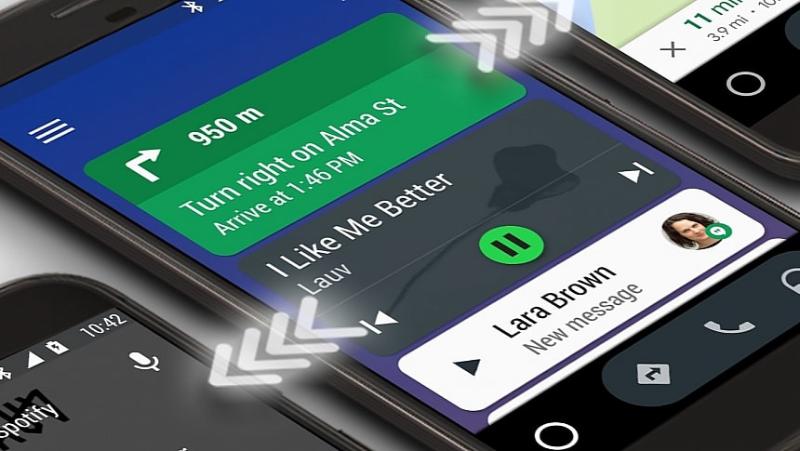
Android Auto for Phones Should Be Relaunched by Google
- Technology
- January 3, 2025
Despite a sizable user base that depended on the app for an improved driving experience, Android Auto for phones was one of the items that was discontinued.
In June 2022, Google made the decision to stop supporting Android Auto on phone displays without offering consumers a suitable replacement. The driving mode, which was first incorporated into Google Assistant before moving to Google Maps, took its position. Driving mode never took off since it didn’t provide the same features as Android Auto for phones, leaving consumers without a practical way to use their phones efficiently and—above all—safely while driving.
Android Auto for phones achieved just that in an amazing way.
Over the past ten years, Android Auto has become much more popular, and almost all contemporary cars now support the wired or wireless system. Customers can display a driving-optimized experience onto their automobiles’ larger screens by connecting their smartphones to them.
It’s crucial to realize, though, that not all cars enable Android Auto for the purposes of this article. More significantly, drivers are forced to upgrade the infotainment system with an aftermarket head unit, which is usually an expensive decision that costs hundreds of dollars, because older models completely lack this capability.
This issue was resolved in a matter of seconds by Android Auto on phones.
When the app was running, the same interface appeared on the smartphone, transforming it into an Android Auto infotainment screen. To get a (smaller) Android Auto display in their automobile, users only needed to install their mobile devices on the dashboard and place them in landscape mode.
Android Auto for phones used the same interface and had the same app compatibility as its fully functional sister. Aside from the smaller screen, which also depends on how big your phone’s screen is—some newer models have enormous screens that can occasionally surpass the infotainment screens in low-cost cars—Android Auto for phones was almost feature-wise identical to its fully functional brother.
Users appreciated it since it was a simple method to get Android Auto into every automobile.
The driving mode is worse on many levels, and Google chose to discontinue Android Auto for phones. Installing third-party alternatives, which do function but are more complicated than some novices can understand, or sticking with the basic Bluetooth support and connecting smartphones to cars wirelessly for apps like Spotify and Google Maps are the only ways to get a comparable experience on mobile devices.
In theory, there is nothing you are sacrificing in terms of features. You may still use a Bluetooth connection to route music from apps like Spotify, phone calls, and navigational aids to your car’s speakers. The driving-optimized interface, which made everything simpler and safer to use while driving, is the only thing that is lacking from this experience.
Google maintains that the driving mode is the best alternative to Android Auto on phones, but it has never addressed this contentious issue.
In the meantime, Android Auto’s complete version continues to advance, demonstrating the search engine behemoth’s dedication to long-term experience enhancement. Last year, Google announced a number of significant enhancements, including support for games, video apps, and browsers. A beta test is anticipated to begin in 2025. Users of Android Auto will have access to additional app categories after this update launches, greatly increasing the app’s functionality as they can do more on their infotainment panels while Android Auto is operating. Although people have previously discovered ways to watch YouTube while cars are driving, all of these apps will only be accessible when cars are parked for safety reasons.